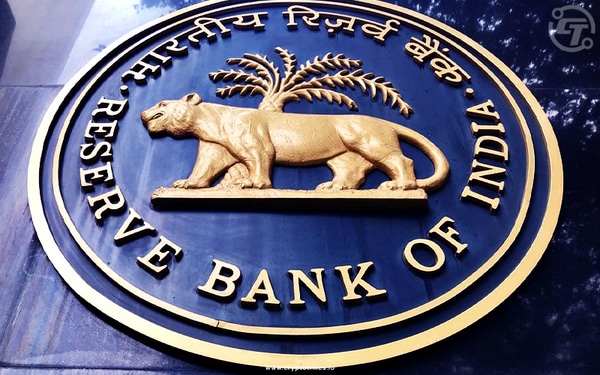In its most recent Financial Stability Report issued on June 28, the Reserve Bank of India (RBI) explicitly pointed out potential hazards stablecoins could pose to emerging markets and developing economies (EMDEs). The central bank articulated specific threats it foresees as a result of widespread stablecoin adoption.
Firstly, the RBI warns that EMDEs could be at risk of currency substitution since the assets underlying stablecoins are typically denominated in freely convertible foreign currency. This could lead to a scenario where an economy becomes “cryptoisation,” which might generate currency mismatches in the balance sheets of banks, firms, and households.
Secondly, it highlighted the potential challenge for central banks in EMDEs to control domestic interest rates and liquidity conditions in an environment where stablecoins are prevalent. Moreover, the RBI pointed out the potential for cryptocurrencies, given their decentralized, borderless, and pseudonymous nature, to be used to bypass capital flow management measures.
Thirdly, by offering an alternative to the traditional financial system, stablecoins could undermine banks’ capacity to mobilize funds and provide credit, by impacting the process of credit risk assessment.
Lastly, the central bank expressed concern over the difficulty in tracing peer-to-peer transactions, which could increase the likelihood of stablecoins being used for illicit activities.
Also Read: RBI Advices Indian Banks to Adopt AI & Blockchain
The RBI has been actively exploring this avenue, with a wholesale digital rupee pilot project launched last November, followed by a retail digital rupee pilot project in February. Furthermore, in March, it reached an agreement with the Central Bank of the United Arab Emirates to study a CBDC bridge to simplify trade and remittances.






